Lady in the Lake Review: On Apple TV+ Is a Perfect Female Neo-Noir
Review of the visionary series Lady in the Lake, the new show starring Natalie Portman coming to Apple TV+.
Cast: Natalie Portman, Moses Ingram, Byron Bowers, Noah Jupe, Brett Gelman, David Corenswet
Created By: Alma Har’el
Streaming Platform: Apple TV+
Filmyhype.com Ratings: 4/5 (four stars)
Lady in the Lake brings Apple TV+ back to the top after some recent products had partially downsized it. This series, freely inspired by the novel of the same name by Laura Lippman, is a perfect mix of genres capable of being familiar and engaging for a very varied audience, but simultaneously able to claim a uniqueness in quality and style that is absolutely precious. Natalie Portman is the center of an incredibly multifaceted narrative engine that is captivating and dark while at the same time able to get its message across to everyone. It is a message of criticism of American society. Throughout its seven episodes, the series reveals itself by giving viewers small pieces of a puzzle to reconstruct. All of this is expertly woven together by a script full of themes ranging from racism to anti-Semitism, from female emancipation to corruption, all of which unfolds against the backdrop of a lively and political Baltimore shaken by murders and scandals. Let’s find out more in the Lady in the Lake review.
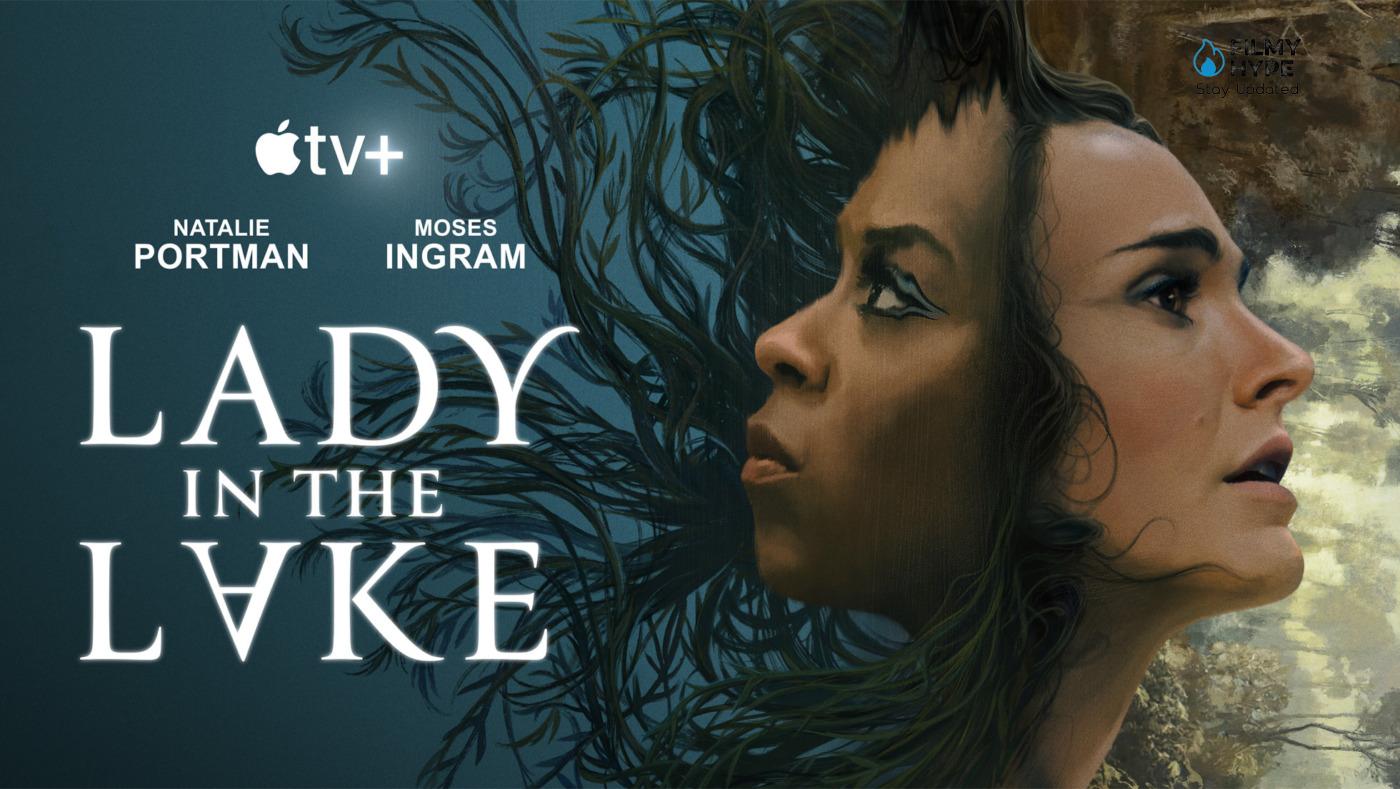
What could go wrong? Everything and nothing is what we say once we have finished watching Lady in the Lake, because the one directed by Alma Har’el is not a series for everyone. Perhaps some of the public will turn up their noses at the chaotic nature of the themes and situations inserted into the narrative. The dreamlike and visionary touch that the author manages to give to her work, which reminded us in some ways of the splendid Sharp Objects by Jean-Marc Vallée (who passed away prematurely, but who was supposed to be one of the producers of the show), could confuse those who expect a certain realism from their thrillers. However, if you can immerse yourself in the vision and be transported by the story, Lady by the Lake can become one of the most amazing television experiences of the year, also thanks to the magnetic and deliberately over-the-top interpretation of Natalie Portman, capable of returning to the glories of her Jacqueline Kennedy in Jackie. That of the repressed woman longing for personal affirmation is a role in which the actress gives the best of herself, and with which she can deeply touch the viewer.
Lady in the Lake Review: The Story Plot
Lady in the Lake takes us to Baltimore in the early 1960s, a city divided by racial hatred, corruption, and violence. There we meet Maddie Schwartz (Natalie Portman) who, like every other member of the city’s Jewish community, is shaken by the kidnapping of little Tessie Fine, the daughter of her former college sweetheart, Alan (David Corenswet). Maddie’s situation is difficult, her relationship with her husband Milton (Brett Gelman) is at a point of no return, and has also compromised the one with her son, Seth (Noah Jupe). Their apathy in the face of the disappearance of the child will lead her to move away from home to go and live in the African-American neighborhood. There is also Chloe Sherwood (Moses Ingram), who struggles between different jobs to save enough money to help her second-born, suffering from a hereditary disease, while her husband Slappy (Byron Bowers), from whom she is separated, chases the dream of becoming a stand-up comedian, leaving her alone to deal with poverty and a lack of prospects. Tired of being just a number, of not counting for anything, and living in extreme poverty, Chloe will begin a personal crusade for her independence.
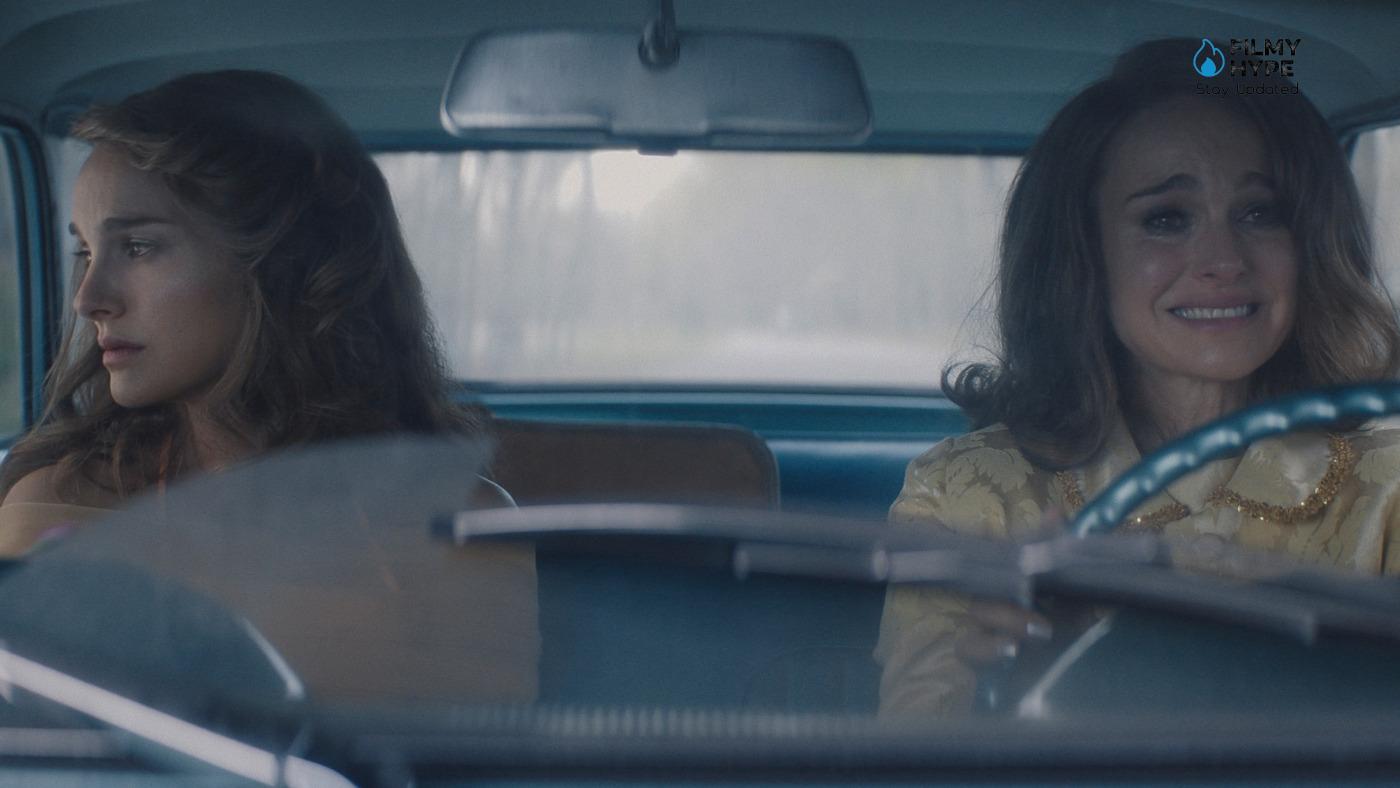
When Maddie finally finds the body of little Tessie, it will mark the beginning of a profound moment of personal revolution, which will lead her to embrace the profession of reporter but also to question her life, and her past. Meanwhile, Chloe is forced to confront that criminality, which does not allow the African-American community to emancipate itself, to embrace a future that is different from the one they already know, made of machismo, violence, corruption, and immobility. Lady in the Lake is a series of great caliber from an aesthetic point of view, which as for the quality of the narration, has on its side one of the most complex and articulated scripts that have been seen on the small screen lately. Its essence of neo-noir often slips into the psychedelic and dreamlike story. Everywhere you can find homages to the cinema of David Lynch and even David Cronenberg, as well as to the cornerstones of the genre from the 40s and 50s. Something that against all doubts holds up even in the long run because (net of some small dead time) in addition to having a great direction, a simply perfect cast, at the base there is the will to bring a criticism that goes beyond the racial dimension, but embraces the same macho and patriarchal identity of American society.
Lady in the Lake Review and analysis
Lady in the Lake is a female story, although not exclusively. An important role is played by Detective Platt, played by Y’lan Noel, in which the most Chandlerian soul of the story stirs, even though the whole is closer to the narrative of the master James Ellroy. The message that this series conveys to us is centered on a total demystification not only of the neo-noir genre itself but also of America, often idealized, whose identity has been deposited through a glamorous narration, often devoid of gender conflict. No sir, the women we meet here are all suffering, they don’t even have the right to have their own car or their own house, to love who they want, or to let go of whoever is now just a burden in their existence. Natalie Portman gives us an exceptional interpretation here also because it is distant from the feminist clichés that today make these operations often predictable. Always on the point of breaking, a symbol of conflicted motherhood as well as of a desire for independence that she pursues with fanatical ferocity, Portman makes her Maddie, the totem of female oppression that from yesterday to today has only changed shape and modality.
Extraordinary in its photography, in its evocation of the period, Lady in the Lake also can become at certain moments a musical narration, with the sound of those years that is a fundamental element in the story, increasingly connected to psychoanalysis as it goes on. Rich in visual and narrative metaphors, the series is also less morally ambiguous than it seems. It tells us about men and women lost in an amoral and violent whirlpool, in which the two protagonist minorities themselves, the African-American and the Jewish ones, are no less racist, less intolerant, and less closed than the white WASP majority that oppresses them. Lady in the Lake seems substantially almost wasted for television fruition; from a formal point of view, as well as the overall caliber of the whole, each episode deserves the big screen. Certainly, a series of great impact, capable of surprising, with dialogues that are anything but banal and the theme of machismo as a pillar of America that has rarely been treated in such a blatant, surprising, and coherent way. Amid so much mediocrity on these two respective themes, this series is a real jewel in the crown, a perfect example of how to create a high-quality product with a high level of authorship.
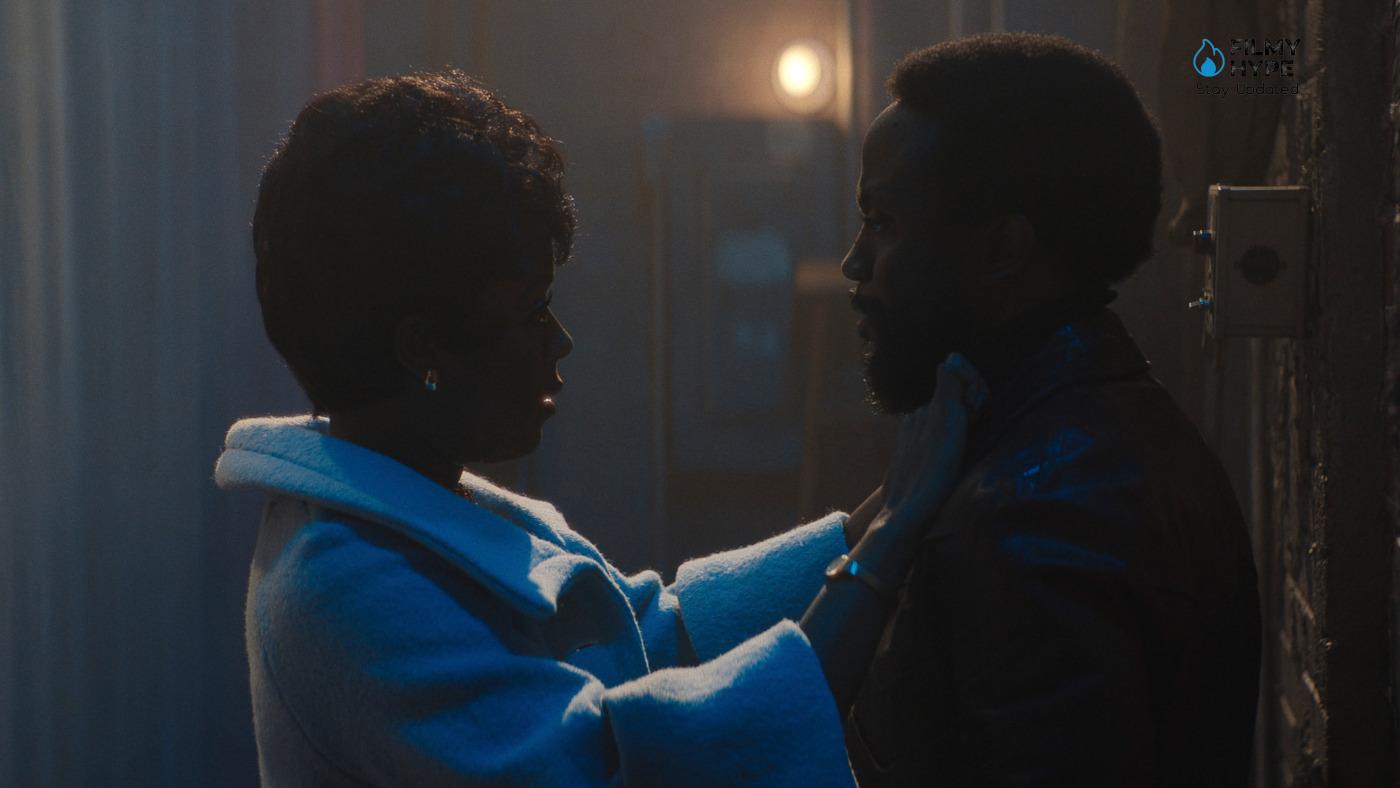
At the center of the Lady in the Lake review, there seems to be a mirror dualism that sees the stories of these two women reflected and intertwined at the same time. Both of their lives are limited and controlled and both try to free themselves in every way. They have in common their belonging to minority religious and ethnic communities and their very condition of being women. Cleo works as a model displayed in a shop window for hours under the hypocritical gazes of rich, white women who desire her clothes. Maddie is the perfect wife to be displayed in a shop window too and when the child disappears, she can take the space she has always wanted. The decision leaves her husband stunned, as he had never even contemplated the possibility that she wanted something else. Her past as an amateur journalist has ended and, through the search for the culprit, Maddie tries to self-determine and reaffirm herself as a new woman, independent from her husband.
She takes back her maiden name and makes her way through leads and reckless choices that lead her to the truth. Cleo, on the other hand, is torn between working for the whites and for a Baltimore gentleman who manages the city’s crime behind a front room. Her political activism, genuine and enthusiastic, fades when she discovers the rules of the game. Her disappearance does not escape Maddie’s desire for truth who investigates her and begins to untie knots that are all too tight. Theirs is an unequal fight that sees them fighting for a shred of freedom: for Maddie the impossibility of selling a car without her husband’s authorization, for Cleo the desire to obtain more, aware of her own abilities. The language that dominates in Lady in the Lake is that of newspapers, articles, and diaries. With a careful play of flashbacks, small pieces of the puzzle are introduced into the protagonists’ past and what happened to them, until everything fits together. But if the screenplay is intriguing, an excellent job is done by the photography and direction that build a real language with images.
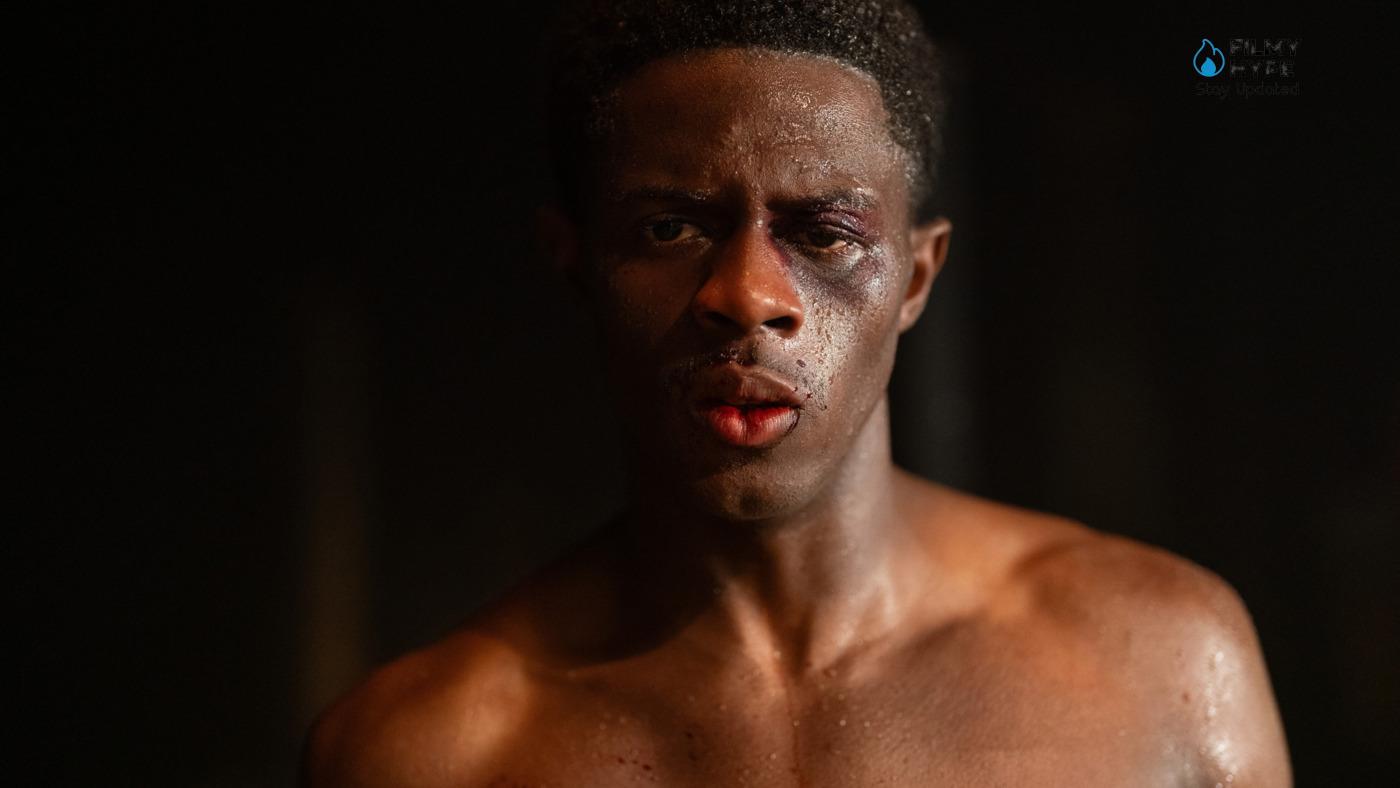
Water – present in the title – also finds its space in the various episodes in the form of reflections. There is not only that of the lake, but also that of the mirror, and that of the shop windows to reinforce this dualism of the stories and of the two women so similar and specular. The more you advance with the episodes, the more the dreamlike dimension that the story takes on is strengthened, with an episode entirely written with this language. The story of Lady in the Lake is captivating and engaging, strengthened by an excellent performance by Natalie Portman – who rarely disappoints – and who manages to intrigue the viewer with her sometimes hermetic way of acting. Moses Ingram at the same time acts in an elusive way exactly like the story of his character that the spectators get to know. The narration of Lady in the Lake review keeps the viewer glued with several twists, including the final one.
The only flaw that I would feel like pointing out is a lack of further details on the past of the protagonists that are only hinted at, perhaps this would have helped to have a more complete picture; even if perhaps it was part of the goal of the story itself, to also leave the viewer with unanswered questions and get an idea of who Maddie and Cleo really were. The two protagonists, Maddie and Cleo, from their first moment on screen, seem to be linked by an invisible thread. The shots always try to mirror them or superimpose them, yet they are two characters practically parallel for all seven episodes. The moment of their almost meeting at the beginning of the series is crucial: even if Maddie is fighting for her freedom and her affirmation she treats Cleo as an ultimate goal to achieve her needs (a new dress) to be presentable and give her speech. In the end, however, they are both women and mothers, they take care of the house and the family and try to understand what they want for themselves.
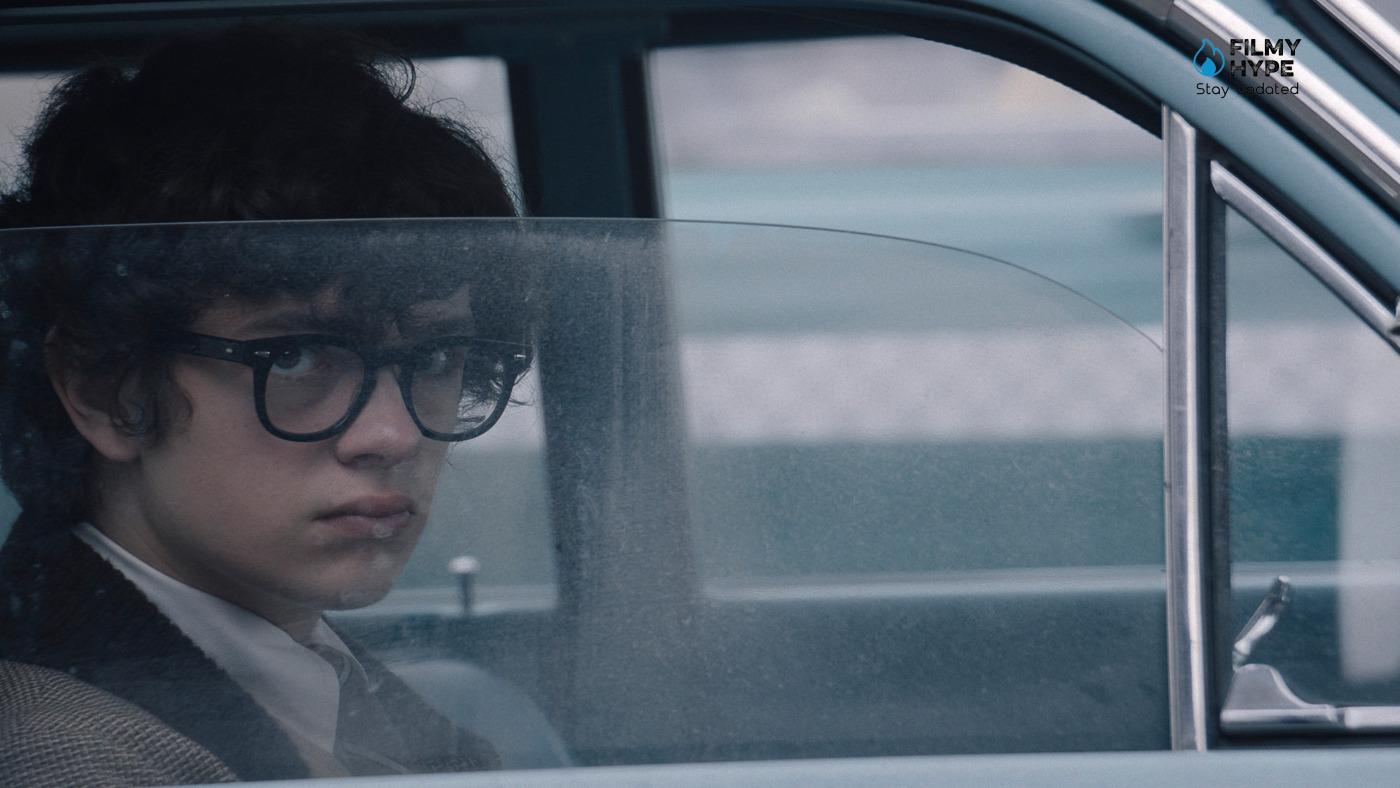
Another important point of the series is the location where the story is set. We are in Baltimore (where The Wire was also set), a stage that offers the audience various political and social denunciation ideas. Not only that, but it is also very authentic. Moses Ingram herself grew up in Baltimore and the director chose her precisely for the creative ideas she brought to the story: from jazz music in the streets to card tricks to the way African-Americans managed their businesses in the 60s. The city once again ties the two actresses together because Portman also has ties to Baltimore: her grandmother had lived in the city in the 60s and for her, it was very stimulating to put herself in the shoes of a lady who could have been that age in that particular historical period. The characterization of the characters takes over the plot of the series itself. Cleo’s true identity is discovered and her interest in much bigger and unthinkable crimes. Maddie also sees some mysteries and lies that she has hidden from her family and that especially her son feels uncomfortable about.
The final confrontation between the two women puts them in two well-defined positions: Maddie has something to gain (publishing Cleo’s story as it was delivered to her), and Cleo in turn delivers into Maddie’s hands not only the whole truth but also herself. Here: watching Lady in the Lake is like spying inside an asylum, only the patients are roaming freely around the city. The transgressive relationship, the attempt to maintain a relationship with her only son, the gossip of the community, her mother-in-law, and the “friends” who are always ready to gossip: Maddie lives and faces all this, while Cleo has it even worse. From 1947 to 1966, more or less, we follow twenty years of the lives of two women who struggle against a reality that contrasts with their childhood dreams.
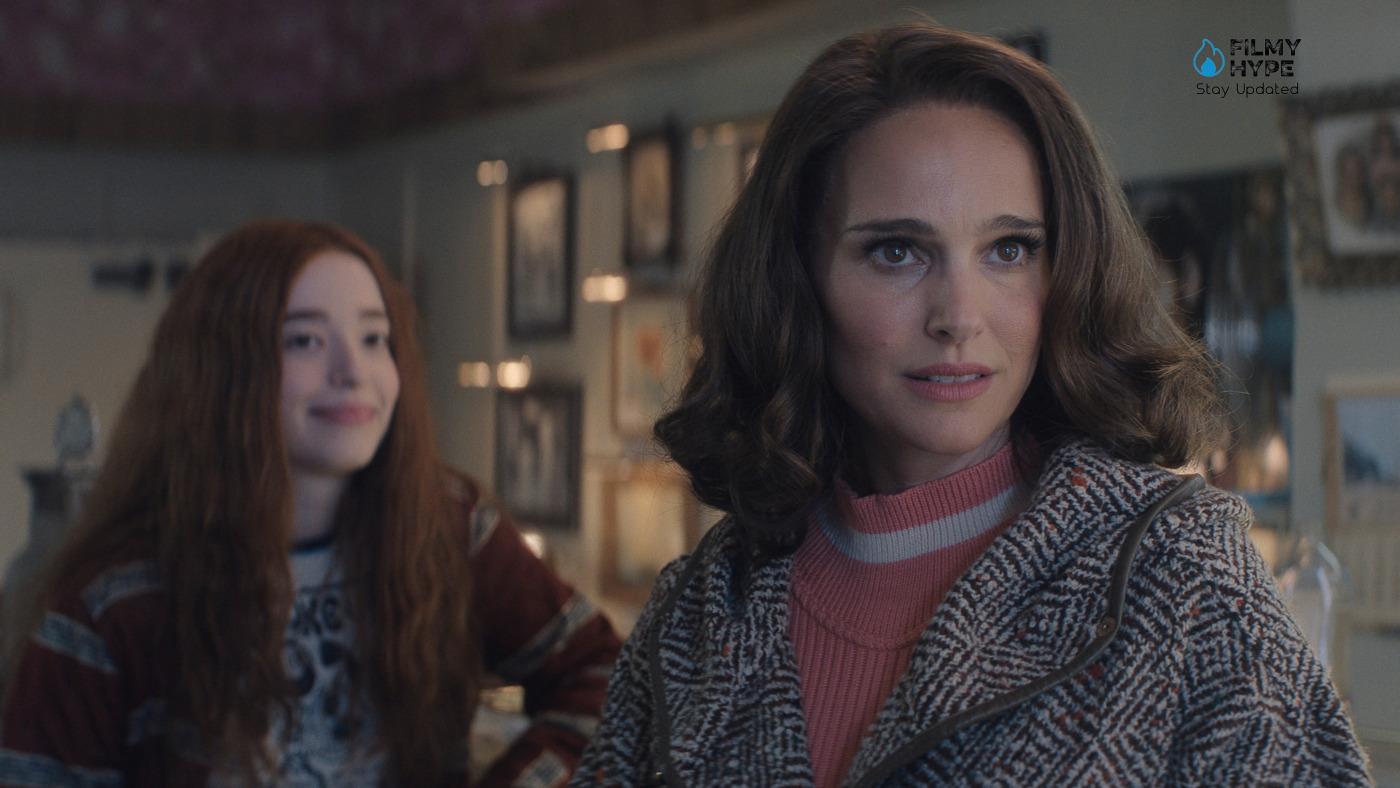
Life rarely goes as we would have dreamed. But from here to such a gap, it must be said, there is a long way to go. Peppered with endless dream sequences, often nightmares worthy of American Horror Story, the episodes lead us toward Maddie’s truth and at the same time away from everyone else’s truth. Because for Maddie the truth – especially the truth about Cleo Johnson’s death – becomes an obsession. In a country destined to change while many resist that change, we find ourselves immersed in the violence of the 60s and a resurgence of racial, sexual, social, and religious hatred… Because men know how to do only one thing very well: hate.
Lady in the Lake Review: The Last Words
Lady in the Lake is a unique and very special series, with an extraordinary cast, a captivating plot, and visionary direction. It’s a shame for some hitches in pace and narration, but they fade into the background once you get carried away by the vision. The lives of Maddie and Cleo, narrated in parallel, intertwine in a crescendo of anguish, in a miniseries of excellent workmanship but with a narrative style aimed at creating a sense of disturbance in the viewer. The aim is to make the viewer experience the same anguish experienced by the two protagonists, but this – inevitably – makes it a product, however well made, not suitable for everyone. For starters, it is explicitly aimed at a female audience. And then, it is hunting for viewers willing to accept taking on the pain of an era in which change looms, but many resist it.


